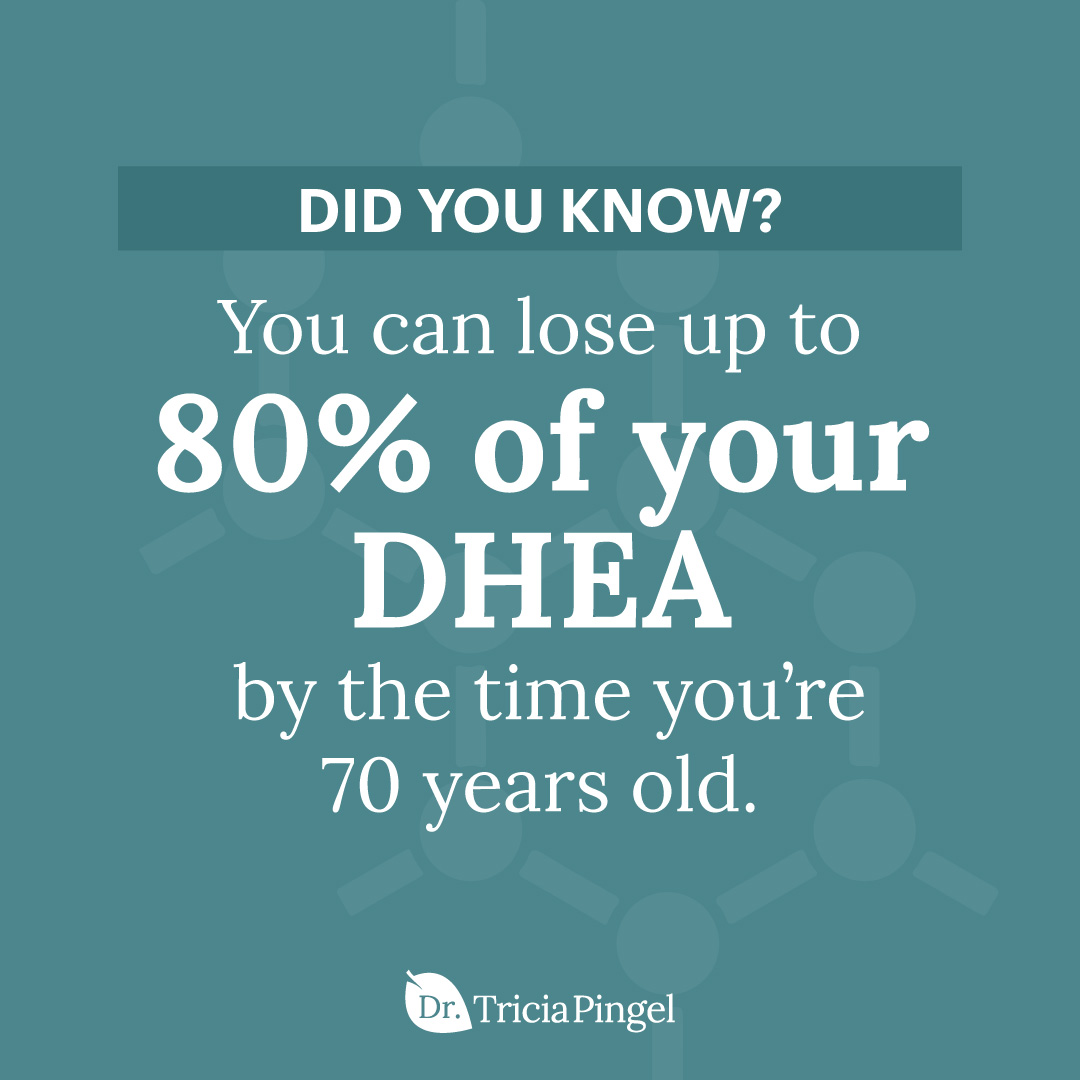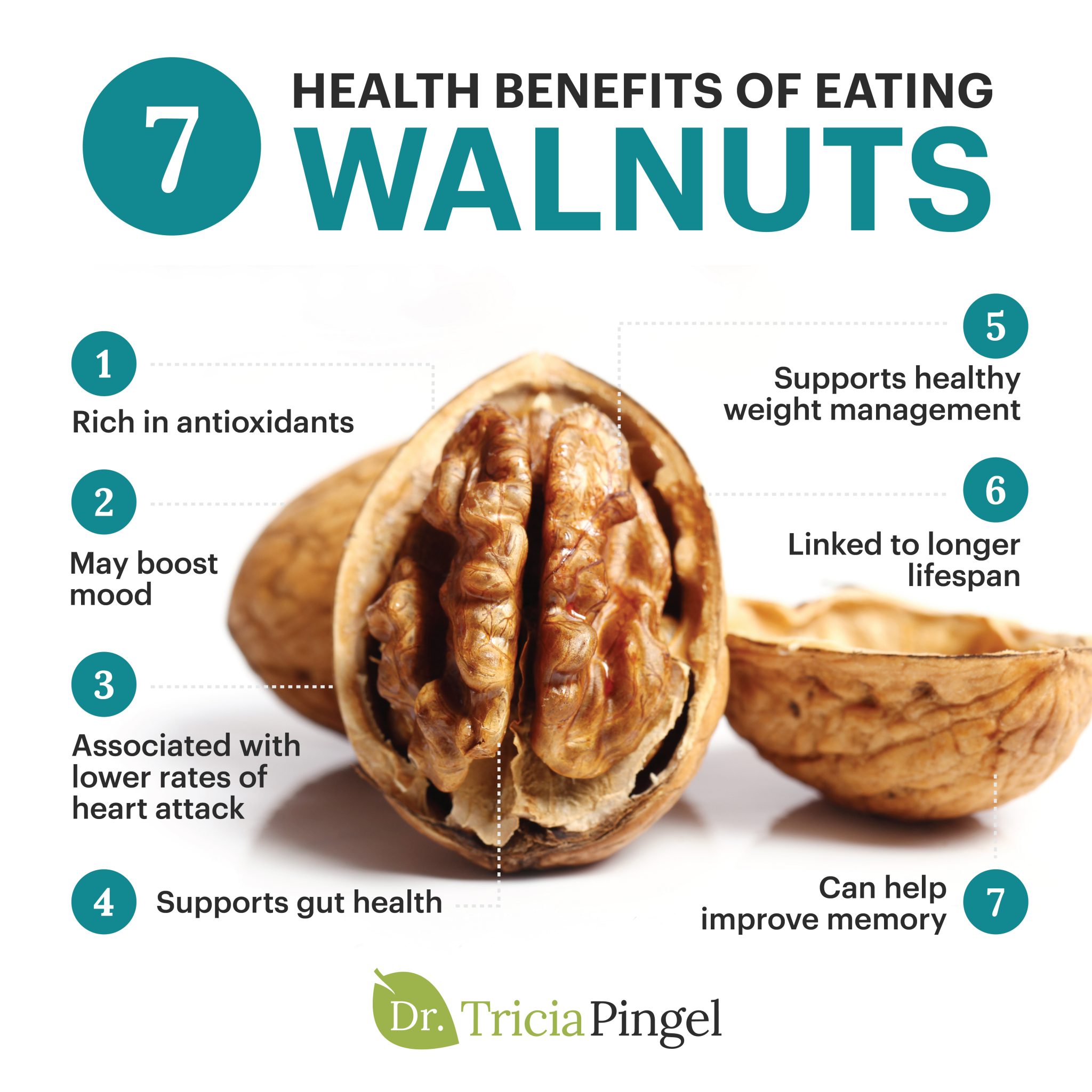From Fighting Inflammation to Between-Meal Snacking: The Top 5 Quinoa Health Benefits
If you have a gluten intolerance or even celiac disease, you may find yourself scrambling for an easy and versatile wheat or grain alternative. You may have even heard about certain gluten-free options such as quinoa and are wondering about quinoa health benefits.
Well, if that’s the case, I have great news for you, my friend: You came to the right place. In this article, we’re going to learn all about quinoa and cover everything from what it is, why it’s so heathy, and some of the many quinoa health benefits you can expect to reap from eating this “superfood.”
Who knows? Once you know more about it, quinoa may just become a new staple in your daily diet!
What Is Quinoa?
If you’re more familiar with rice and other common grains, quinoa may be a new food for you. So, before we dive into what makes quinoa so healthy, let’s start by reviewing a pretty common question: What is quinoa?
Quinoa (pronounced keen-wa) isn’t actually a grain at all! Instead, it’s a crop with edible seeds that’s consumed similarly to grains. It originated in the Incan mountains and was considered a sacred food.
In fact, the Incas referred to quinoa as the “mother of all grains.” There’s even a legend that the Incan Emperor would plant the first seeds every year in a ceremony.
Though it’s been used in diets for more than 7,000 years, it became known as a “superfood” or “super grain” in more recent years—around the time that we became more aware of the harmful effects of gluten. [1]
Today, quinoa is readily available in your local grocery store and even in certain restaurants. If you’re making it on your own, you can either buy it pre-rinsed or rinse and soak it at home before cooking.
To cook quinoa, simply bring it to a boil with water (2 cups of water for every 1 cup of quinoa) and a little sea salt. The reduce the heat and cover. Once the water has completely evaporated, your quinoa is ready! Simply fluff it with a fork and enjoy!
I also like to add other foods to it, such as raisins, chopped apricots, walnuts, peas, steamed green beans, and more! (It makes an amazing pilaf!)
What Makes Quinoa So Healthy?
Now that you know a little more about what quinoa is and how it’s prepared, you’re likely curious about why it’s considered to be such a great superfood.
First, let’s begin by reviewing the nutrient composition of quinoa. Not only is quinoa incredibly rich in protein and fiber, but it’s also a great source of manganese, magnesium, phosphorus, copper, potassium, zinc, iron, copper, and B vitamins. It’s named a superfood for a reason!
In fact, due to its unique nutritional profile, a 2010 review stated that quinoa should be considered a functional food, given that it contains numerous vitamins, minerals, fatty acids, and antioxidants know to support human nutrition and protect cell membranes. [2]
Quinoa also contains all nine essential amino acids that aid in repairing your tissue and your ability to absorb the nutrients in your food. [3] That’s pretty incredible, right?
So, now let’s take a closer look how quinoa’s unique nutritional profile offers the many quinoa health benefits for which it’s so popular.
5 Quinoa Health Benefits
Here are five of the top quinoa health benefits you can look for when you eat it on a regular basis.
1. Contains significant amounts of fiber and protein
As we reviewed above, quinoa contains significant amounts of fiber and protein. In fact, one cup of quinoa contains 8.1 g of protein! That’s more than a large egg (6 g), a chicken wing (6.4 g), or a cup of brown rice (5.5 g)!
Because quinoa contains all nine essential amino acids, it’s considered to be a complete protein. Quinoa actually contains twice the amount of protein as common grains, such as wheat or corn. [4]
Quinoa is also rich in fiber, with one cup of quinoa containing 5.2 g of fiber, which is about one-fifth of the average daily requirement. But why does all of this matter?
Well, protein is known to be the building block for your muscles and even helps to regulate your blood pressure. Meanwhile, fiber not only helps manage your blood sugar levels but also supports digestion and even healthy weight management!
That’s a lot of power for one food, isn’t it? And we haven’t even discussed all of the trace minerals in quinoa that assist with your day-to-day functioning!
2. Doesn’t contain gluten
Another one of the top quinoa health benefits is that it’s gluten free.
This is important because while 1 percent of the U.S. population is estimated to have celiac disease, up to 6 percent of the population is estimated to have a gluten sensitivity. That means almost 23 million are negatively impacted by gluten! [5] But it may shock you to learn that gluten impacts even those who aren’t sensitive to it.
In fact, a 2009 study revealed that substituting alternative gluten-free grains such as quinoa in place of more traditional gluten-free foods such as rice. Amazingly, the researchers found that, thanks to its nutritional profile, consuming quinoa in place of the traditional gluten-free foods significantly increased their nutrient absorption.
The subjects doubled their intake of protein, increased their iron intake by almost 18-fold, and even increased their calcium intake from 0 mg to 182 mg. Moreover, they improved their B vitamin intakes as well! [6]
3. Contains anti-inflammatory and anti-viral properties
Next on our list of top quinoa health benefits? Believe it or not, quinoa has been shown to contain certain flavonoids known to fight both inflammation and viruses!
Specifically speaking, quinoa contains large amounts of quercetin, which is known to have anti-inflammatory and anti-viral properties.
In fact, according to a 2016 study, quercetin was found to be incredibly effective at inhibiting certain strains of influenza A in the early stage of the virus, including the moment of viral attachment, the time in which the virus enters the cells, and even during the viral-cell fusion point. [7]
Additionally, in a 2012 study on 60 participants, researchers found that supplementing with a 500 mg of quercetin and 250 mg of vitamin C significantly reduced both oxidative stress and inflammatory markers. [8]
Finally, a 2018 animal study revealed that consuming quinoa helped to reduced gut microbial imbalance, which is a critical factor for inflammatory bowel disease. The researchers surmised that, based on their findings, consuming quinoa may help support intestinal health. [9] Isn’t it incredible that one food could possibly help calm the inflammation connected to such a huge digestive concern?
4. Promotes satiety and can help cut back on between-meal snacking
Due to the high amount of fiber in quinoa, one of the best quinoa health benefits is its ability to promote satiety.
There are actually several studies connecting the consumption of fiber with a lower likelihood of obesity. And the connection is simple: Eating fiber helps you to feel full longer, which cuts down on your likelihood of overeating. [10]
Interestingly, one study compared the satiating effects of foods such as oat, buckwheat, and quinoa with more common wheat products, including rice. The researchers found that subjects reported greater satiety with oat, buckwheat, and quinoa. Furthermore, they ranked white bread as the least satisfying food, which left them feeling hungry sooner. [11]
5. Contains antioxidants known to fight chronic disease
Finally, when it comes to quinoa health benefits, one of my favorites is the fact that it contains disease-fighting antioxidants!
Not only does quinoa contain vitamin E, an antioxidant known to fight certain cancers and heart disease, but it’s also a great source of manganese.
Studies have shown that manganese is required by the body for proper brain development, maintain the health of your cells, and fight free radicals known to lead to many of today’s most common diseases. These diseases include everything from cancer to autoimmune disorders to cardiovascular and even neurodegenerative diseases! [12, 13]
Additionally, a 2014 study on 3,996 participants revealed that manganese levels were significantly lower in those with diabetes than in those without diabetes. This shows how vital manganese can be in the diet and is yet another reason why consuming quinoa on a regularly basis can support your overall health. [14]

Key Takeaways
- Quinoa is a crop with edible seeds that’s consumed similarly to grains.
- Some of the top quinoa health benefits include that it contains a significant amount of fiber and protein, is gluten free, contains anti-inflammatory and anti-viral properties, promotes satiety, and contains antioxidants.
- The quinoa health benefits stem from its rich nutritional profile, including many vitamins and minerals, including certain health-promoting antioxidants.




